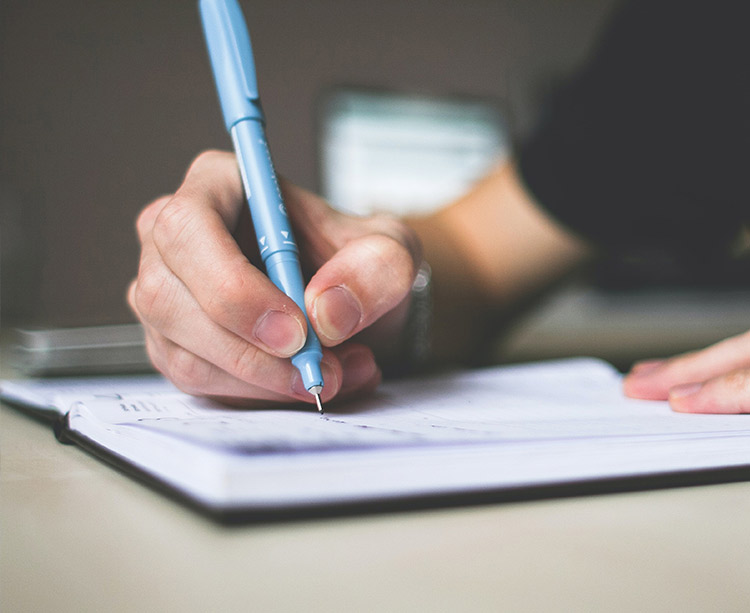Many electronic components are designed on the PCB circuit board, and these components are easy to affect their performance when the PH value is too high, such as insulation deterioration, spontaneous short circuit, power loss and so on. After uniform coating of Conformal coatings, a protective film can be formed on the surface of components, which can improve the stability of circuit board, increase its safety factor and prolong its service life. How to inspect the Conformal coatings after coating?
Before applying the Conformal coatings, the circuit board shall be cleaned first, and then applied with the Conformal coatings after baking dry. The Conformal coatings applied on the board can be seen with the naked eye whether the adhesion is strong and whether the transparency is OK. Whether the brushing is uniform, blistering or whitening. After the Conformal coatings is fully cured, sprinkle a little water on the surface of the board to test whether it can play the effect of waterproof and moisture-proof. In addition, the effect of anti-corrosion and anti salt fog can not be seen immediately. After a certain period of time, the board will be damaged in the regular pollution. Conformal coatings can reflect its protective value.
The test standards after the application of Conformal coatings are as follows:
1. Adhesion (refer to GB / t9286-1998 standard: Cross cut experiment method, Level 0 (maximum)
2. Salt spray test (refer to GB / t1771-2007, GJB150, standard: verify the corrosion resistance of the product. The standard is 72h and the limit test is 1000h)
3. Water absorption (refer to GB / t1738-1979 standard: verify the protection and safety performance of the product)
4. Insulation resistance in humid environment (refer to ipc-tm-6502.6.3.4a standard: verify the insulation safety of products)
5. Mildew resistance (refer to ipc-tm-6502.6.1, GJB150, standard: 28 day mold test, level 0 is the highest)
6. Weather resistance / cold and hot shock test (refer to ipc-tm-6502.6.7.1a, GJB150, standard: IPC Standard 100 cycles, limit test up to 600 cycles)
7. Acid and alkaline resistance test (refer to gb1763-1986 standard: no abnormality of paint film)
8. Breakdown strength (refer to gb1981.2-2003 standard: verify the insulation performance of the product)
9. Corrosion resistance (refer to ipc-tm-6502.6.15 standard: the test sample is free of corrosion)
10. Odor requirements (enterprise defined standards: small odor, no irritating and unpleasant odor; no interference to gas detector parts)




